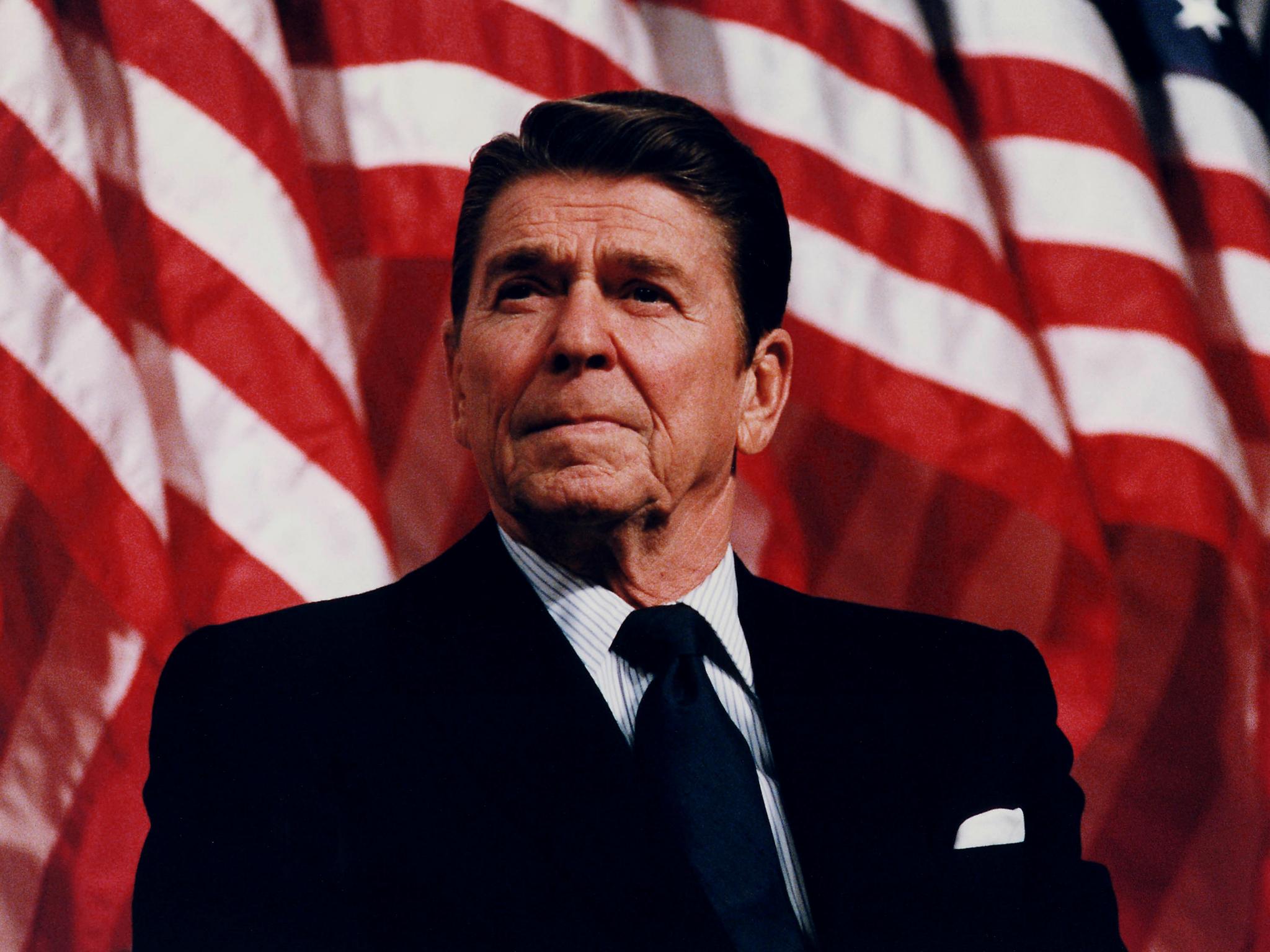
Each day, Benzinga takes a look back at a notable market-related moment that occurred on this date.
What Happened? On April 20, 1983, President Ronald Reagan signed the Social Security Amendments of 1983.
Where The Market Was: The Dow finished the day at 1,191.47. The S&P 500 traded at 160.71.
What Else Was Going On In The World? In 1983, IBM (NYSE:IBM) released the IBM PC XT. Hurricane Alicia hit the Gulf Coast of Texas, killing 21 people. Federal Reserve interest rates were 11%.
Saving Social Security
The 1983 reforms went a long way in preserving Social Security, but certainly didn’t fix the system. The 1983 reforms had three primary components.
- First, the amendments allowed Social Security benefits to be taxed for the first time, creating a new source of revenue for the system.
- Second, the amendments gradually increased the normal retirement age for Americans born after 1937.
- Third, the law required all new federal employees to contribute to the program. Employees already working for the government were exempt from the provision.
The impact of the changes was dramatic. Urban Institute data suggests the average U.S. retiree couple in 1985 received $3 in Social Security benefits for each $1 they had contributed to the program. Today, the average retiree receives a net negative return on Social Security contributions.
Despite the changes, the Social Security program is still projected to run out of funding by the early 2030s unless further changes are made.







